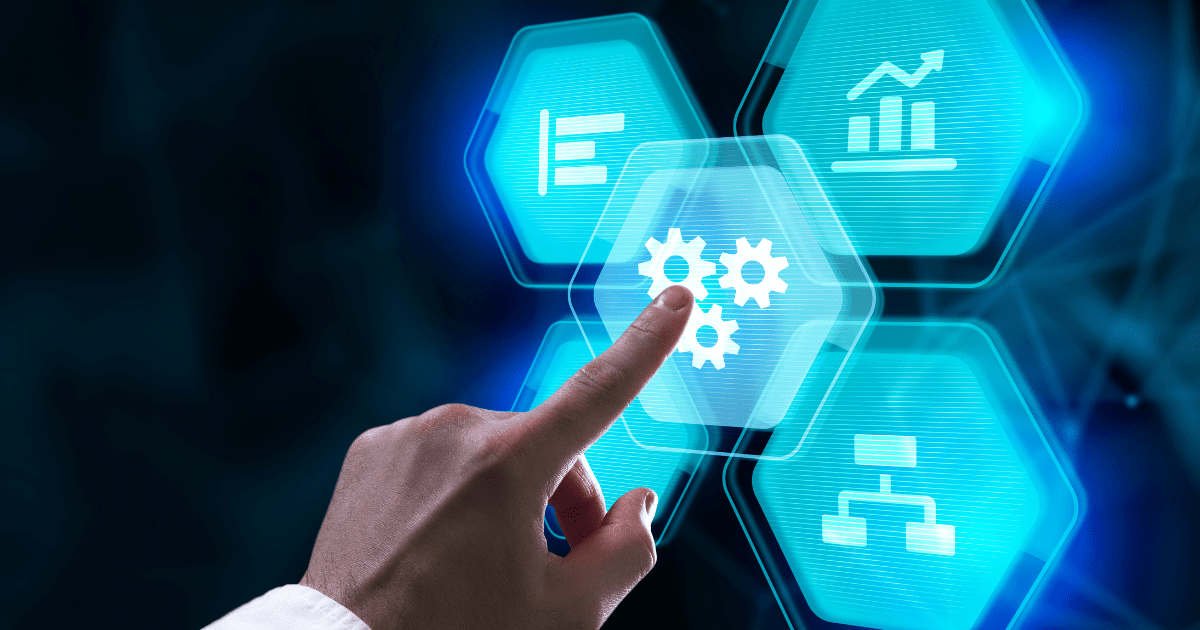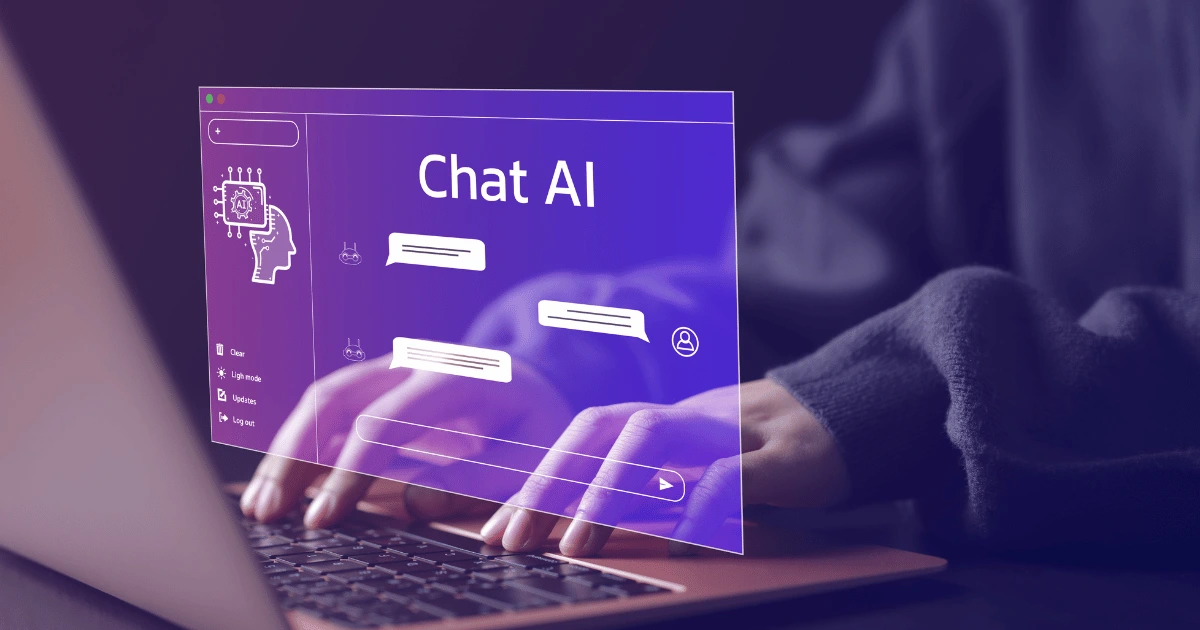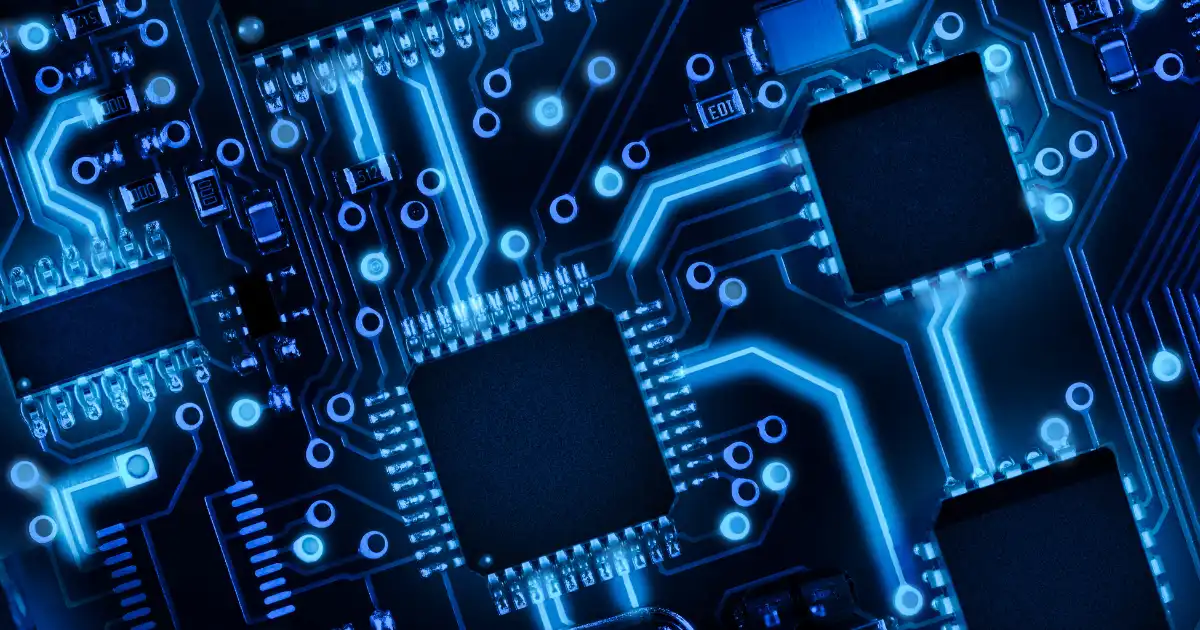In the dynamic realm of technology, where change is the only constant, the horizon is ever-expanding, offering a continuous vista of innovation and digital transformation. As we stand at the forefront of this technological frontier, it’s crucial to explore the multifaceted dimensions that shape our digital landscape and influence the way we live, work, and connect.
The Acceleration of Innovation:
The pace of technological innovation is nothing short of breathtaking, with breakthroughs emerging at an unprecedented rate. From artificial intelligence (AI) and machine learning to the Internet of Things (IoT) and blockchain, the digital landscape is evolving in ways that were once confined to the realms of science fiction.
AI, in particular, has become a driving force, revolutionizing industries and enhancing everyday experiences. Machine learning algorithms analyze vast datasets, providing insights, predictions, and solutions that were previously unimaginable. The applications range from personalized recommendations on streaming platforms to predictive maintenance in manufacturing, showcasing the transformative power of intelligent systems.
The Rise of the Internet of Things (IoT):
The Internet of Things has woven a web of connectivity that extends far beyond our computers and smartphones. Everyday objects are becoming smart, equipped with sensors and connectivity that enable them to communicate and share data. Smart homes, equipped with interconnected devices like thermostats, lights, and security systems, exemplify the seamless integration of IoT into our daily lives.
In industrial settings, IoT enables the creation of smart factories, where machines communicate with each other to optimize production processes. In healthcare, IoT devices monitor patients’ vital signs and transmit real-time data to healthcare professionals, facilitating remote patient monitoring and improving the quality of care.
Blockchain and Decentralized Technologies:
Blockchain technology has emerged as a disruptive force, challenging traditional models of trust and transparency. Initially associated with cryptocurrencies like Bitcoin, blockchain’s decentralized nature has far-reaching implications across various sectors. Its secure, tamper-proof ledger system is being leveraged for applications such as supply chain management, digital identity verification, and even voting systems.
Decentralized finance (DeFi) is another notable development, transforming traditional financial services by leveraging blockchain to enable peer-to-peer transactions, lending, and borrowing without the need for traditional intermediaries.
5G Connectivity:
The rollout of 5G technology is ushering in a new era of connectivity, promising faster and more reliable internet speeds. Beyond enhancing mobile communication, 5G is a critical enabler for the proliferation of IoT devices, providing the bandwidth and low latency required for seamless communication between connected devices.
In addition to improving consumer experiences, 5G has significant implications for industries such as autonomous vehicles, augmented reality, and telemedicine. The ability to transmit massive amounts of data in real-time opens up possibilities that were previously constrained by the limitations of existing networks.
The Future of Work:
The technological landscape is reshaping the way we work, with a significant emphasis on remote and flexible arrangements. Collaboration tools, cloud computing, and virtual communication platforms have become essential components of the modern workplace. The COVID-19 pandemic accelerated the adoption of remote work, highlighting the importance of robust digital infrastructures to sustain business operations.
Artificial intelligence is also playing a role in automating routine tasks, allowing workers to focus on more complex and creative aspects of their jobs. This shift is redefining traditional job roles, emphasizing the importance of adaptability and continuous learning in the face of evolving technologies.
Cybersecurity Challenges:
As technology advances, the importance of cybersecurity becomes increasingly critical. The interconnectedness of devices and systems creates vulnerabilities that malicious actors seek to exploit. Cybersecurity threats, ranging from data breaches to ransomware attacks, pose significant risks to individuals, businesses, and even governments.
The need for robust cybersecurity measures, including encryption, multi-factor authentication, and threat detection systems, has become paramount. The constant cat-and-mouse game between cybersecurity experts and hackers underscores the ever-evolving nature of this digital battleground.
Ethical Considerations in Technology:
The rapid evolution of technology has raised ethical considerations that society must grapple with. AI algorithms, for instance, can inadvertently perpetuate biases present in training data, leading to discriminatory outcomes. The responsible development and deployment of technology require careful consideration of its impact on privacy, equity, and societal well-being.
Technological advancements like facial recognition, biometric data collection, and surveillance technologies bring to the forefront questions about individual rights and the balance between security and privacy. Establishing ethical guidelines and frameworks for the ethical use of technology is an ongoing conversation that involves stakeholders from various sectors.
Environmental Sustainability:
The environmental impact of technology is an increasingly salient concern. The energy consumption of data centers, electronic waste, and the carbon footprint associated with manufacturing electronic devices contribute to the industry’s environmental footprint. Sustainable practices, such as the use of renewable energy sources and circular economy models for electronic products, are gaining traction as the tech industry grapples with its environmental responsibilities.
The Intersection of Virtual and Physical Worlds:
Augmented reality (AR) and virtual reality (VR) technologies are blurring the lines between the virtual and physical worlds. AR overlays digital information onto the real world, enhancing experiences such as navigation, gaming, and shopping. VR immerses users in entirely virtual environments, opening up new possibilities for entertainment, education, and training.
These technologies have the potential to redefine how we interact with our surroundings and each other. From virtual meetings to immersive educational simulations, the integration of AR and VR into our daily lives is an exciting frontier with far-reaching implications.
Conclusion: Embracing the Technological Odyssey:
As we navigate the ever-expanding landscape of innovation and digital transformation, the horizon of technology continues to broaden, revealing new possibilities and challenges. Embracing this technological odyssey requires a balance between progress and responsibility—an awareness of the transformative power of technology and a commitment to its ethical and sustainable use.
The future promises advancements that will shape the way we live, work, and connect in ways we can only imagine. From the seamless integration of AI to the transformative potential of 5G and the ethical considerations that guide our technological evolution, the journey into the tech horizon is one of perpetual discovery. It calls for a collective commitment to harness the



